It’s a sobering reality that thousands, primarily children, succumb annually to dire environmental conditions and hunger in Africa. There looms a genuine threat of our planet’s production systems collapsing, potentially leaving us all without sufficient food. Since the 1960s, voices have warned of our disharmony with nature and the severity of deterioration. Recent remarks from scientists about an impending environmental collapse are unsettling. The United Nations has issued a “Code Red” warning, highlighting that without drastic action, widespread hunger and fatalities will ensue soon. The media frequently reports on excessive air pollution, climate change-induced disasters such as droughts, fires, and floods worldwide. But must we resign ourselves to this fate? Certainly not. The first environmental right in the South African Constitution affirms every citizen’s entitlement to a clean and healthy environment. It stipulates:

Figure 1.1: All citizens we have the right to a clean and healthy environment.
Everyone has the right
A. to an environment that is not harmful to their health or well-being; and
B. to have the environment protected, for the benefit of present and future generations, through reasonable legislative and other measures that
i. Prevents pollution and ecological degradation;
ii. Promote conservation; and
iii. Secure ecologically sustainable development and use of natural resources while promoting justifiable economic and social development.
Given that certain industries significantly impact natural resources like air, water, and soil, the South African Bureau of Standards has established environmental prerequisites under ISO 14000. This mandates industries to develop and adhere to environmental policies meeting specific criteria. Both industry and government must be accountable.
Addressing the damage and degradation inflicted on nature is a complex endeavor requiring a deep understanding of its intricacies. The environment comprises distinct units, each housing a unique blend of soils, plants, and animal life in a specific climatic environment, exemplified by ecosystems. Since all living and non-living elements depend on one another for survival, respecting the environment in its entirety is vital. Each component of the environment holds a unique place and function within the system. Figure 1.3 illustrates the interconnectedness of all plant and animal species in what we term a food web. If but one component should be removed, the whole system may suffer.

Figure 1.2: The earth can be divided into functional units, called Ecosystems.

Figure 1.3: There exists a functional relationship between all components of the ecosystem.
Consider the analogy of a bicycle: it comprises various components such as a seat, frame, handles, brakes, and pedals. Each part serves a specific function essential for the bicycle’s operation. The entire structure would be rendered useless if the chain breaks. There exists a functional (or dynamic) relationship among the bicycle’s parts to fulfill its intended purpose. They are interconnected in various ways. If one element is missing or malfunctioning, the entire system becomes dysfunctional. Similarly, the environment consists of numerous elements and life forms that depend on each other for proper functioning. Plants cannot thrive without soil, and both humans and plant-eating animals depend on vegetation for survival.
If we wish to continue living as part of this system, we must realize our place and embrace our responsibility. Like the chain of the bicycle, we are just another link in the web of living organisms and non-living things on earth.

Figure 1.4: Humans living in balance with nature.
Rivers, trees, animals, birds, soil, and air—everything around us—form part of our existence and should therefore be respected and handled with care. However, through various inventions, humans seem to have increasingly detached themselves from our natural environment over the past centuries.
The ideal state of the environment is what we call “a condition of dynamic equilibrium.” This is when all parts of the ecosystem coexist in perfect harmony. Nature strives to maintain this balance where there is just enough vegetation for the number of herbivores to provide food for a smaller number of carnivores.
As soon as vegetation diminishes due to drought, the number of herbivores will decrease, and subsequently, so will the carnivores. This will allow the grass to return to normalcy after the drought. However, large areas of the earth have been permanently cleared of vegetation and animals to make way for cities, roads, farms, mines, and other man-made features. Human use of the earth is thus no longer in balance with nature.
In our pursuit of a lifestyle beyond what nature naturally provides, we have surpassed our inherent limits. The excessive production of luxury items, exceeding what the ecosystem can sustainably offer, has led us to live temporarily in an artificial manner facilitated by technology. While in nature, vegetation absorbs carbon dioxide and transforms it into oxygen and food, we burn significantly more fossil fuels for energy than nature can replenish. Consequently, we increasingly contaminate the air. Moreover, the intensive grazing of livestock surpasses the natural carrying capacity of pasturelands, resulting in overgrazing and subsequent soil erosion. The use of artificial fertilizers and herbicides further degrades organic compounds in our soil, leading to water pollution.
This may result in, not only irreparable damage to parts of the ecosystem, but it could lead to the disintegration and final collapse of whole ecosystems upon which we depend for food. Our environment is fragile and once disrupted, it is often impossible to restore.
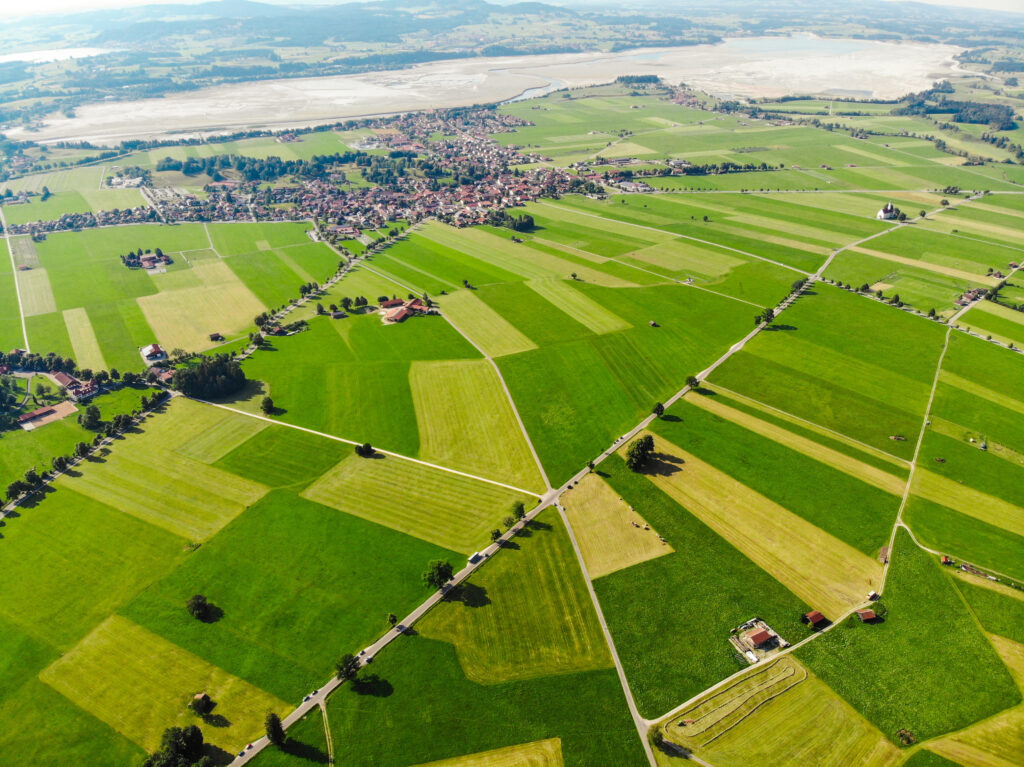
Figure 1.5: Our agricultural systems have destroyed natural ecosystem functioning.
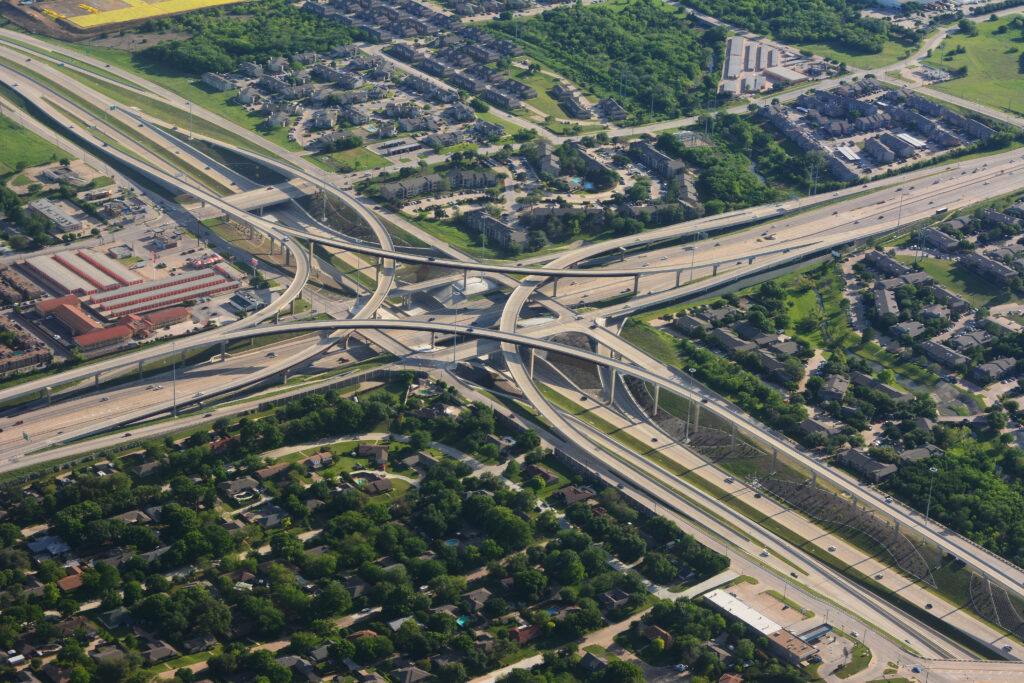
Figure 1. 6: Infrastructure such as road networks are inhibiting the movement of animals.
The World Development Forum has sketched a startling possible scenario that could finally play out, should we fail to protect the health of nature and its harmonious functioning.
See the quote below:
“The senior citizens of the 1990’s have indeed witnessed tremendous change. Most of them grew up in rural areas or in small towns. They have lived in the pre-spaceship times; before the age of the computers and some of them can recall the day the first automobile came racing down the main street of their town at 20 miles per hour.
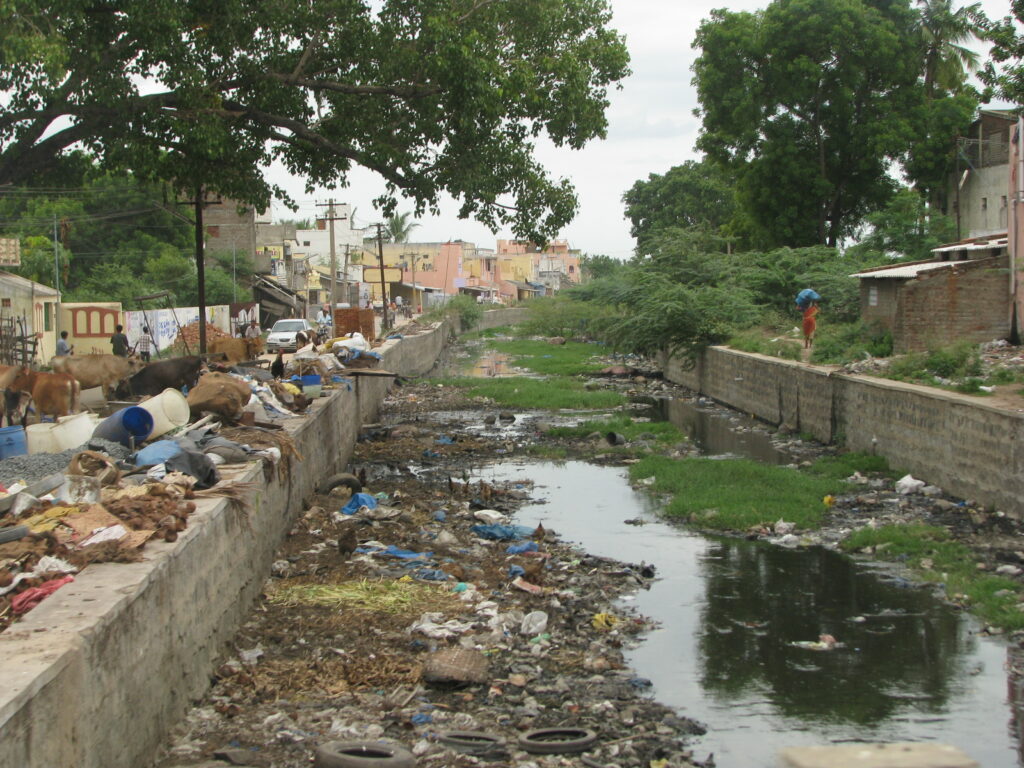
Figure 1.7: How did the environment deteriorate to its present state?
What of the senior citizens of 2050?
Probably they would be those who would be able to recall the days before the sea-level rose to engulf coastal cities like New York and Cape Town; the times you could still go on a hike in indigenous forests; when you could drink water from a stream; and even see wild animals like bushbuck and monkeys in the wild; the days before sunbathing was fatal, when children could go to downtown schools without oxygen masks; the times when governments fought election on political and economic issues instead of ecological scenarios”.
(Adapted from Word Development Forum)

Figure 1.8: Hunter-Gatherer rock paintings
It is essential to recognize from the outset that environmental conditions will continue to deteriorate at an accelerating pace unless we prioritize environmental issues in our decisions and behavior. We must reflect and question why we have allowed the environment to reach its current degraded state. The answer lies in our gradual detachment from nature as our reliance on our own inventions has grown.
Throughout human history, we have left an impact on the Earth. In prehistoric times, when humans were hunters and gatherers of wild fruits, their reliance on readily available food near their habitats resulted in minimal environmental impact due to low population density. Even as they developed tools such as spears and devised methods for mass hunting like controlled fires, their impact remained relatively small due to their scattered distribution. If resources depleted in one area, they simply moved on to another.
The Agricultural Revolution marked a significant shift in the human-nature relationship with the advent of the plough and the utilization of animal strength replacing human labour. Advancements such as irrigation systems and terraced farming further propelled agricultural productivity, altering the balance between humans and nature.
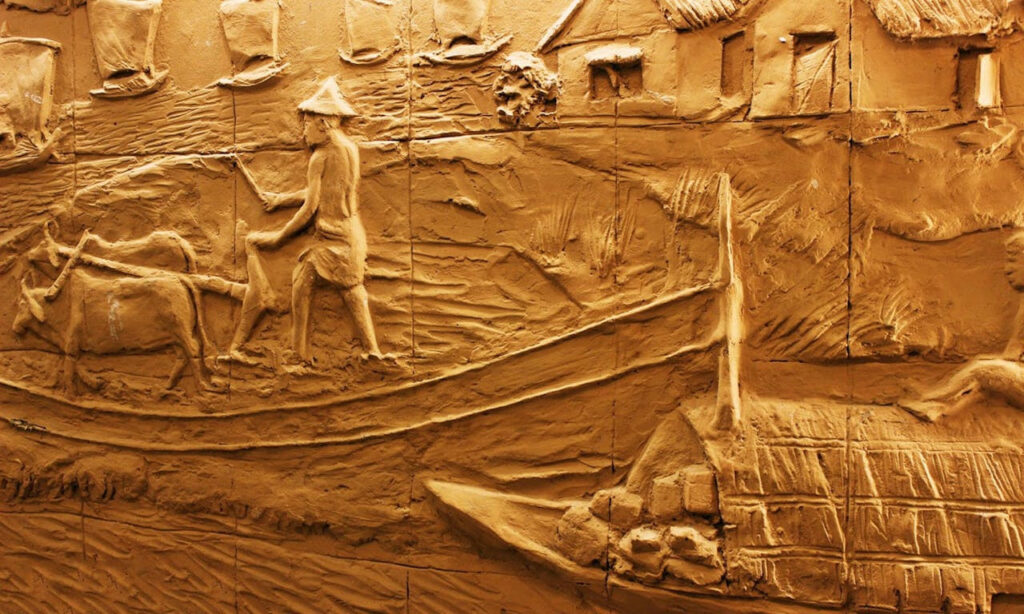
Figure 1.9: Animal domestication also played a crucial role in prehistoric agriculture, with early humans taming animals like goats, sheep, and cattle for food, labor, and resources.

Figure 1.10: People began to burn down forests to create space for intensive, as well as extensive, agriculture practices.
As populations grew and living standards improved, the need to sustain larger populations led to the development of fertilizers and herbicides. Natural ecosystems suffered as forests were cleared and wetlands drained to make way for large scale agriculture, while large dams were constructed for irrigation and water supply to settlements, disrupting the natural flow of rivers.
As populations grew and living standards improved, the need to sustain larger populations led to the development of fertilizers and herbicides. Natural ecosystems suffered as forests were cleared and wetlands drained to make way for large scale agriculture, while large dams were constructed for irrigation and water supply to settlements, disrupting the natural flow of rivers. The impact on the environment became evident. Individuals could now produce well beyond the immediate needs of their families, which encouraged specialization and the growth of urban centers. The Industrial Revolution of the 17th and 18th centuries brought even more significant changes, marked by rapid technological progress and the emergence of heavy industries.
Fossil fuels—coal, gas, and oil—provided humanity with unparalleled amounts of energy. The expansion of healthcare services has resulted in an increase in life expectancy, leading to a significant population increase and mounting pressure on production to meet the needs of a growing population. The rise of technology has facilitated excessive production, leading to the accumulation of materials such as discarded metals, plastics, and harmful gases in the atmosphere. This has resulted in unprecedented pollution of land, water, and air.
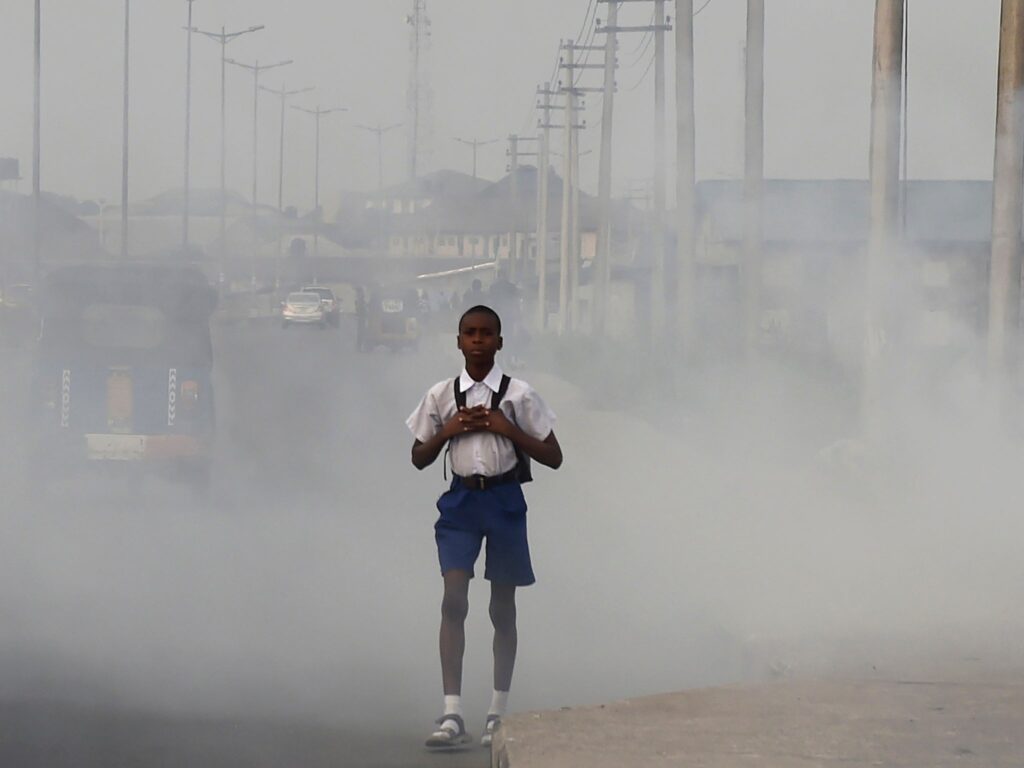
Figure1.11: Pollution of the land, water, and air threatens the health of people and the sustainable functioning of the environment.

Figure 1. 12: With increased life-expectancy, population growth has become unsustainable
In nature, everything that is produced undergoes a cycle of reuse instead of accumulation. Microbes and other organisms in the soil play a crucial role in ensuring that animal carcasses and decaying leaves contribute to soil fertility. This natural process prevents any accumulation that could disrupt the normal functioning of the ecosystem. But pollution arises when the natural recycling processes fail to effectively manage dumped materials on land, released fluids in water bodies, or foreign particles in the air, thus negatively impacting ecosystem function. Consequently, the essential and life-sustaining functions of the environment are increasingly under threat.
The current era, often referred to as the Post-Industrial Revolution, advocates for the adoption of clean energy sources such as wind, solar, geothermal, and nuclear power, alongside endorsing lighter industrial practices that reduce resource extraction, thus addressing pollution on a significant scale.



The responsibility for advancing the Environmental Revolution rests upon our generation. While past revolutions prioritized increased production and rapid resource depletion, we must ensure that resources are utilized in a manner that ensures future generations have access to the same quantity and quality of resources. Just as we enjoy today, it is our duty to provide our children, grandchildren, and their descendants with a clean and healthy environment.